Plan wildlife watching vacation in the USA offers an unparalleled opportunity to connect with nature. The country’s vast and varied landscapes provide a perfect backdrop for observing diverse species in their natural habitats.
The USA is a treasure trove for nature enthusiasts from coastal shores to dense forests and expansive deserts. Whether you’re a seasoned traveler or a first-time explorer, this guide will help you navigate through the planning process.
Join us as we delve into the essentials of creating an unforgettable wildlife-watching experience, ensuring every step of your journey is filled with excitement and discovery.
How To Choose A National Park?
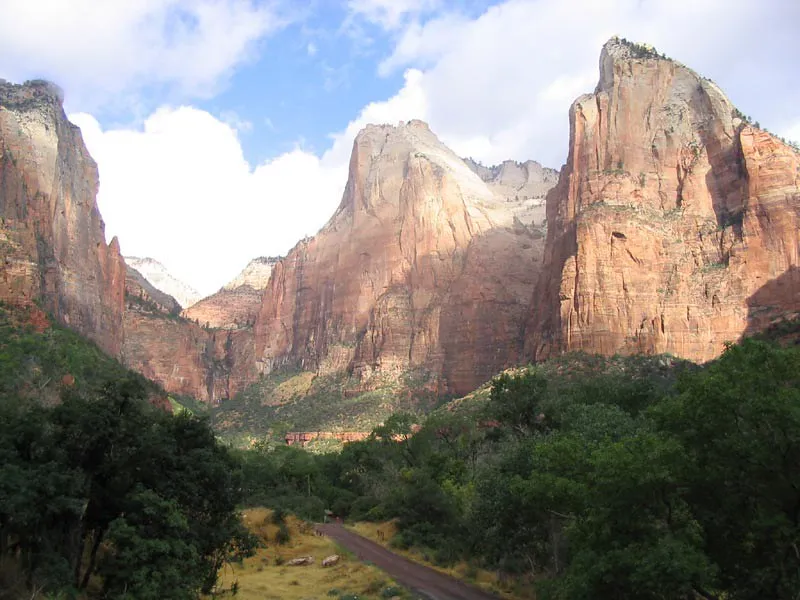
Choosing a national park for your wildlife-watching vacation can be both exciting and overwhelming, given the USA boasts 63 diverse parks. Each park has its own unique charm and natural beauty, so you’re sure to find one that suits your interests. Many national parks do not charge an entrance fee, while those that do have fees ranging from $5 to $35.
To ensure you have a safe and enjoyable visit, make sure to read the park’s Basic Information section on their official website. This will provide essential details about park regulations, safety tips, and what to expect during your visit. By considering these factors, you can select a national park that offers a memorable wildlife-watching experience tailored to your preferences.
Best National Parks For…
Families

Grand Canyon National Park is an ideal destination for families planning a wildlife-watching vacation. This park is home to one of the most iconic natural landmarks in the world, making it a must-visit for all ages.
The breathtaking views of the canyon are sure to captivate everyone, from young children to grandparents. Additionally, the park offers Sesame Street-themed videos designed to help kids understand and enjoy the park’s wonders.
These engaging resources make learning fun, ensuring that children are entertained while exploring the great outdoors. With its combination of stunning scenery and family-friendly activities, Grand Canyon National Park provides a perfect setting for a memorable family adventure.
Advanced Hikers
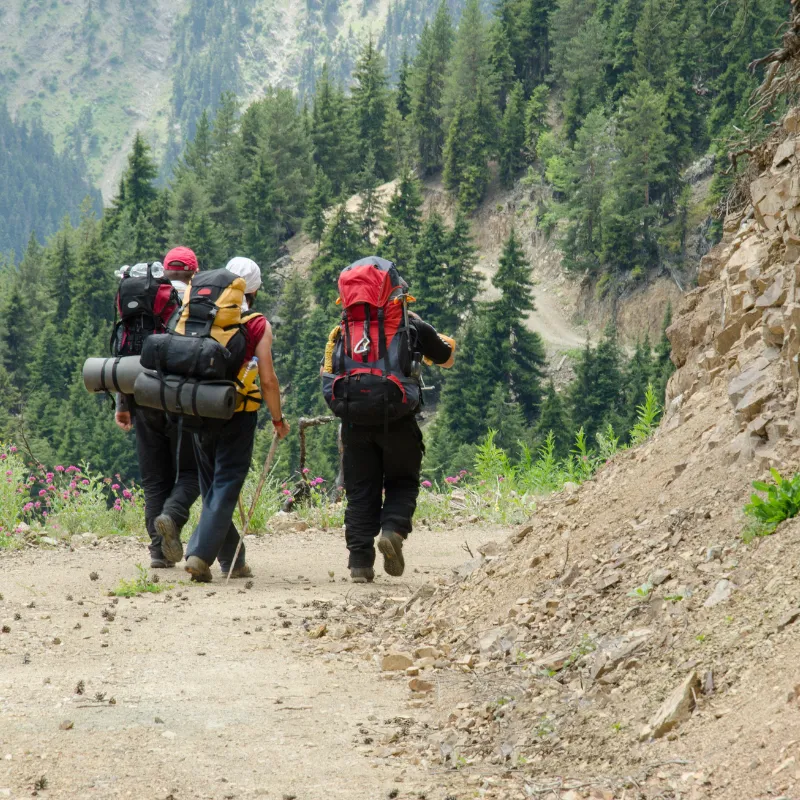
For advanced hikers seeking a thrilling challenge, Zion National Park in Utah stands out as the top choice. The park’s renowned Angel’s Landing trail is infamous for its difficulty and breathtaking scenery.
This hike will test even the most seasoned adventurers with its steep switchbacks, narrow passages, and sheer drop-offs. The journey to the summit is both physically demanding and mentally exhilarating, offering spectacular views that make every step worthwhile.
Zion National Park provides an unparalleled hiking experience, making it a must-visit for those looking to push their limits and enjoy awe-inspiring natural beauty.
Lake Lovers
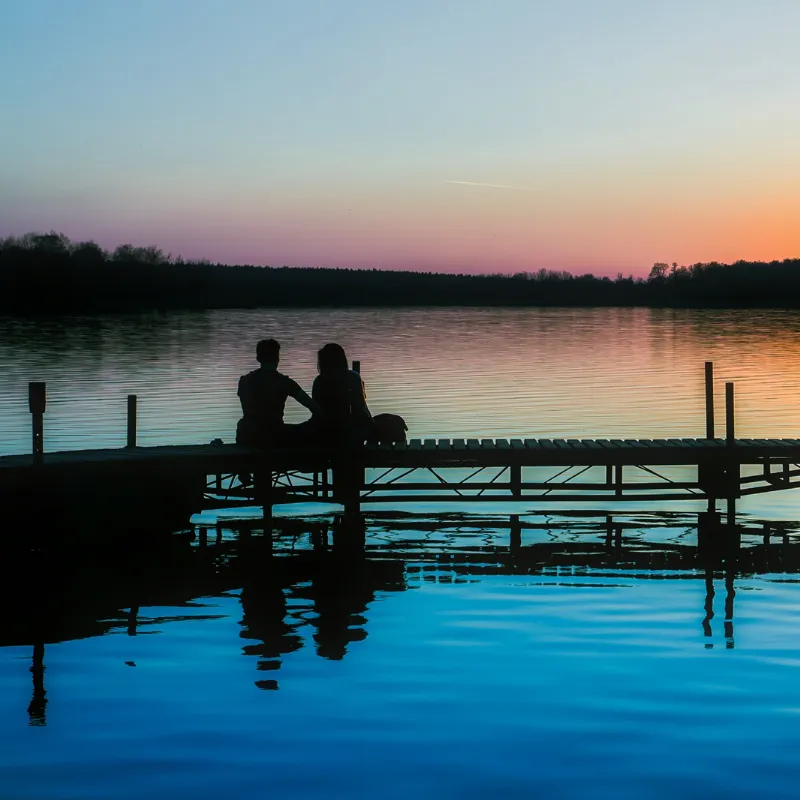
For lake lovers, few experiences can match the serene beauty of a picture-perfect lake. Indiana Dunes National Park offers a stunning view of Lake Michigan, providing a unique blend of excitement and tranquility.
The park’s expansive shoreline and majestic dunes create a landscape reminiscent of oceanic vistas, making it an ideal destination for those who love water and sand. The panoramic views of Lake Michigan are simply breathtaking, offering ample opportunities for relaxation and photography.
If you appreciate the calming presence of a beautiful lake combined with the thrill of endless dunes, Indiana Dunes National Park is a must-visit destination.
Mountain Lovers

For mountain lovers, Denali National Park and Preserve in Alaska is the ultimate destination. This national park is home to the highest elevation in the United States, boasting over 20,000 feet above sea level.
The park’s centerpiece is Denali, the tallest mountain in North America, offering unparalleled views and breathtaking scenery. The sheer grandeur of the towering peaks and rugged terrain make Denali a paradise for those who love mountains.
Whether you’re an avid climber or simply enjoy stunning mountain vistas, Denali National Park provides an unforgettable experience for anyone drawn to the majesty of the mountains.
How To Plan Wildlife Watching Vacation?
Necessary Items to Pack
- Binoculars: Essential for getting a closer look at wildlife without disturbing them. High-quality binoculars can make a significant difference in spotting distant animals and observing their behavior in detail, enhancing your overall experience.
- Rain Covers: Weather can be unpredictable in national parks. Rain covers for your backpack and camera gear will protect your belongings from unexpected showers, keeping everything dry and functional throughout your trip.
- Food Materials: Pack nutritious and non-perishable food items to keep your energy levels up during long hikes. Snacks like nuts, granola bars, and dried fruit are easy to carry and provide quick energy boosts.
- Medical Kit: A basic medical kit is crucial for addressing minor injuries and ailments. Include bandages, antiseptic wipes, pain relievers, and any personal medications to ensure you’re prepared for any minor medical issues.
- Sanitizers: Hand sanitizers are vital for maintaining hygiene, especially when soap and water aren’t available. Use them before eating and after using park facilities to reduce the risk of illness.
- Field Guide: A field guide helps identify the various species of wildlife and plants you encounter. It’s an educational tool that enhances your understanding and appreciation of the natural world around you.
- Clothing: Dress in layers to adapt to changing weather conditions. Choose moisture-wicking fabrics to stay dry and comfortable. Don’t forget a hat and sunglasses for sun protection.
- Reusable Cutlery/Utensils: Reduce waste by bringing reusable cutlery and utensils. These eco-friendly options are durable and convenient for picnics or meals in the park.
- Rain Jacket: A waterproof rain jacket is essential to keep you dry during unexpected downpours. Choose one that is lightweight and easy to pack, ensuring you stay comfortable no matter the weather.
- Identification: Always carry personal identification such as a driver’s license or passport. It’s necessary for park entry, emergencies, and any other situation where you need to verify your identity.
- Travel Documents: Keep important travel documents like park permits, reservation confirmations, and maps easily accessible. These documents are crucial for smooth entry and navigation within the park.
- Comfortable Shoes: Sturdy, comfortable shoes are a must for hiking and exploring. Choose footwear with good support and traction to navigate various terrains and ensure your feet stay comfortable all day.
Safety Guidelines to Follow
- Listen to Guides: Always follow the instructions and advice given by your guides. They are knowledgeable about the park and its wildlife, ensuring your safety while enhancing your experience. Guides can provide crucial information on avoiding dangerous areas and behavior, helping you navigate the park responsibly.
- Stay Inside the Vehicle: When in wildlife viewing areas, remain inside your vehicle unless explicitly permitted to exit. This rule protects both you and the animals, preventing accidental encounters and disturbances. Staying inside also ensures you have a quick retreat if necessary.
- No Flash Photography: Avoid using flash photography as it can startle and stress wildlife. Bright flashes can disrupt natural behaviors and potentially lead to dangerous situations. Opt for natural light or use a camera with a good zoom to capture your memories without causing harm.
- Respect Wildlife Distances: Maintain a safe distance from all wildlife. Approaching animals too closely can provoke aggressive behavior and put you at risk. Use binoculars or zoom lenses to observe animals without encroaching on their space, ensuring a safe and respectful encounter.
- Medical Assistance: Know the location of medical facilities within the park and carry a basic medical kit. In case of an emergency, seek assistance promptly. Familiarize yourself with emergency contact numbers and procedures to ensure you can quickly access help if needed.
Preplanning of the Trip
Select Destination Parks
- Make a List: Identify parks that match your interests and requirements for wildlife watching and adventure activities. Prioritize those that offer the experiences you are seeking.
- Gather Information: Visit nps.gov to research hikes, adventure activities, and other park features. This helps in planning your activities effectively.
- Plan Your Trip: Determine the start and end dates of your trip to ensure you maximize your time and experiences in the park.
- Visit the Visitor Center: Upon arrival, check in at the visitor center for updates on trail conditions and accessible areas, ensuring a safe and informed visit.
Check the Weather
- Monitor Weather Forecasts: Regularly check the weather forecasts for your chosen park. Understanding the expected weather helps in planning activities and ensuring a comfortable trip.
- Choose Ideal Conditions: Some parks are more stunning in specific weather conditions. Research the best times to visit to fully appreciate the park’s natural beauty.
- Prepare for Changes: Weather can be unpredictable, so pack accordingly. Bring appropriate clothing and gear to stay comfortable and safe, regardless of weather changes.
- Enhance Your Experience: Visiting a park during its most beautiful weather conditions can significantly enhance your experience, making your trip more memorable and enjoyable.
Develop A budget
- Research Costs: While many parks are free, some have minimal entry fees ranging from $5 to $35. Check the specific costs for your chosen parks.
- Allocate Funds: Set aside a specific portion of money dedicated to this trip. Include costs for transportation, accommodation, food, and activities.
- Plan for Extras: Budget for additional expenses such as guided tours, equipment rentals, or souvenirs. Having a little extra ensures you’re prepared for any unexpected costs.
- Track Spending: Keep an eye on your expenses throughout the trip to stay within your budget. This helps in managing your funds effectively and avoiding overspending.
Check Stay Options
- Explore Options: National parks offer various stay options, from hotels and lodges to campgrounds. Choose the one that best suits your comfort and preferences.
- Book in Advance: Parks can be crowded, especially during peak seasons. Pre-book your accommodation through recreation.gov to secure your spot.
- Consider Convenience: Selecting a suitable stay option will enhance your overall experience. Consider proximity to trails and attractions for easier access and convenience.
- Plan for Amenities: Research the amenities provided at your chosen accommodation. This ensures you have everything you need for a comfortable and enjoyable stay.
End Note
Planning a wildlife-watching vacation in the USA can be an unforgettable adventure filled with breathtaking moments and new discoveries.
By choosing the right national park, packing essential items, and following safety guidelines, you ensure a smooth and enjoyable trip.
Checking the weather, budgeting wisely, and booking your stay in advance add to the overall experience. Whether you’re exploring majestic mountains, serene lakes, or diverse wildlife, each step of your journey will be enriched with the beauty of nature.
Embrace the adventure and create memories that will last a lifetime, knowing you’ve planned a truly remarkable wildlife-watching vacation.

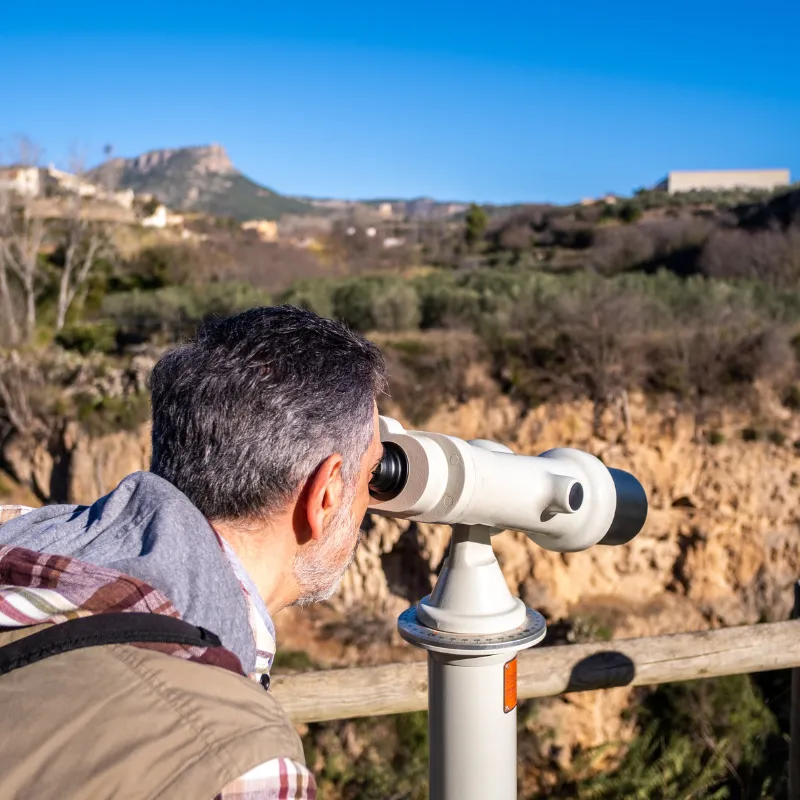


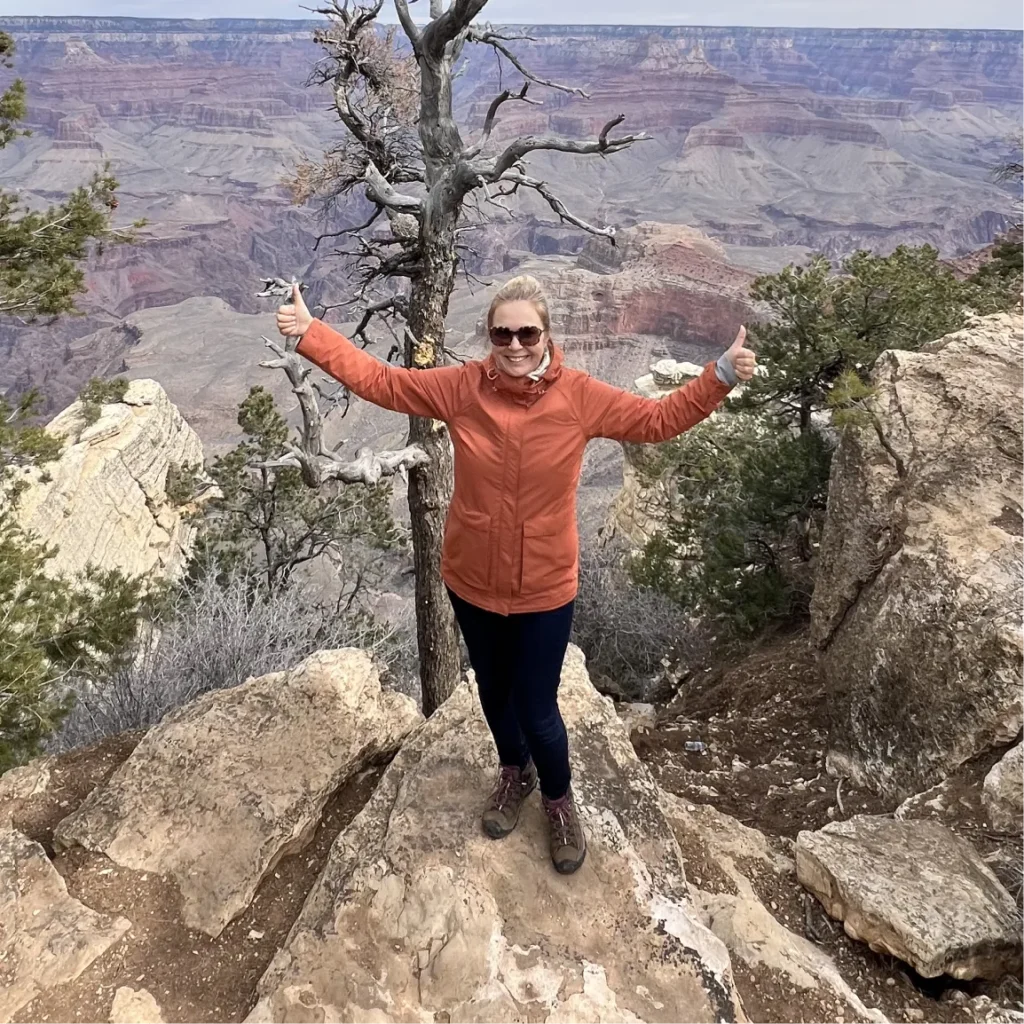






3 thoughts on “How To Plan Wildlife Watching Vacation in the USA?”
love the section on planning a wildlife watching vacay, Julia. checking the weather & preplanning is key! always forget to check stay options till last min lol.
same here, always a rush to find good spots to stay. preplanning would save a lot of hassle.
Anyone has tips on minimizing impact while enjoying parks? wanna make sure to leave no trace.